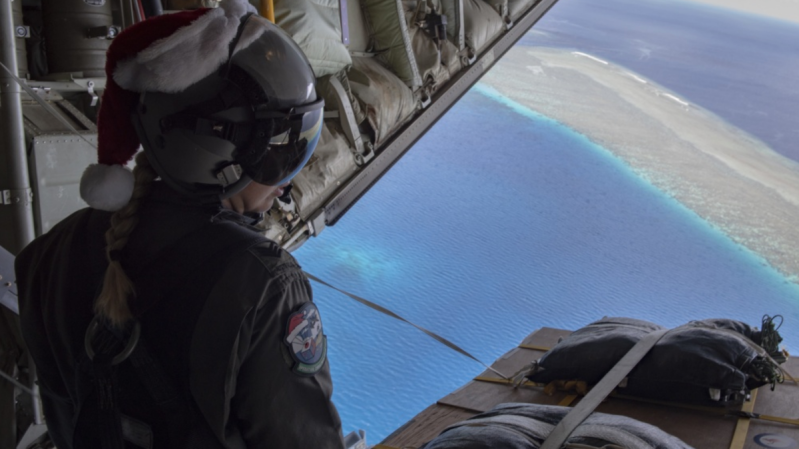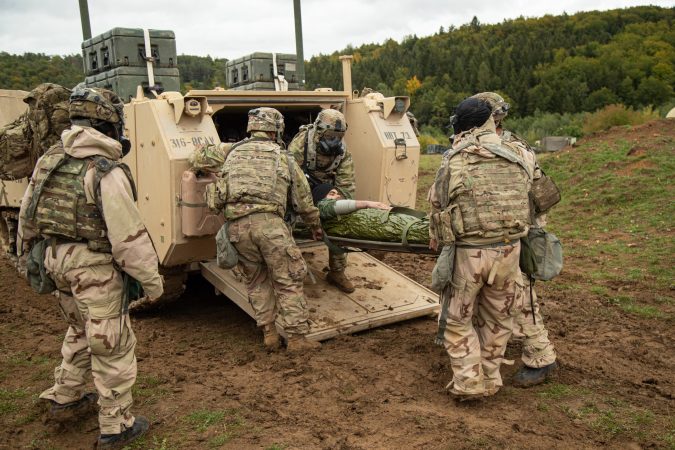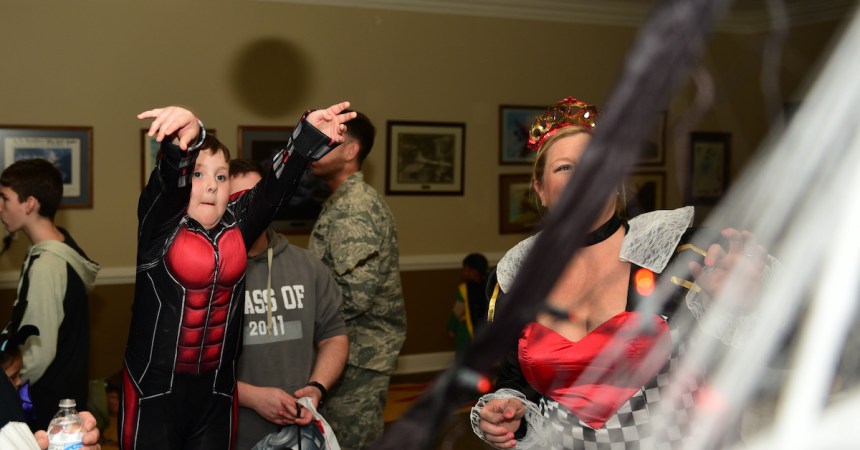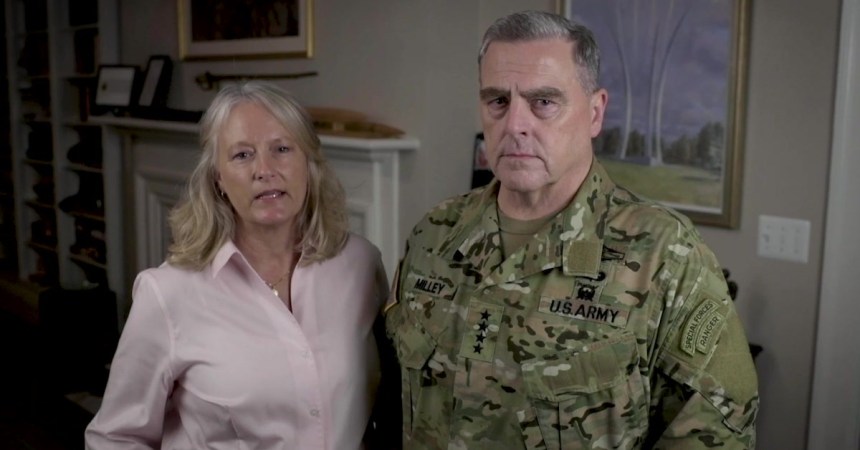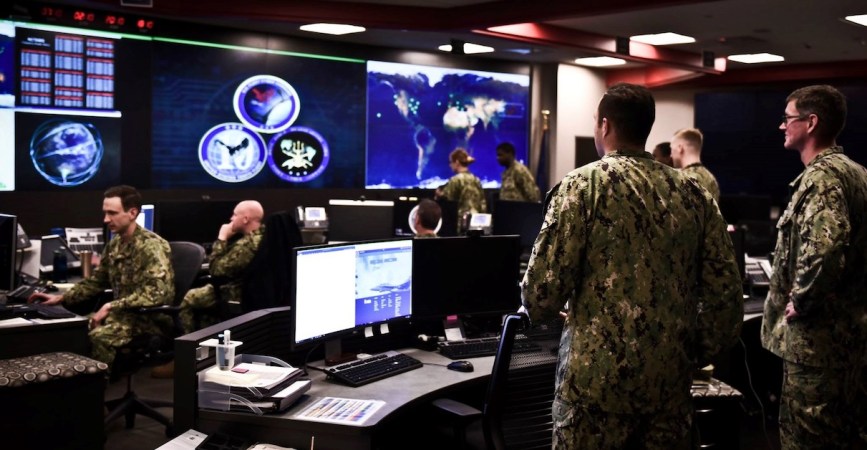Troops go through seemingly endless amounts of training that can be expensive, boring, and even dangerous. In an effort to make training cheaper, safer, and more effective, the service branches have turned increasingly to video games and simulators.
Possibly the most immersive system in use today, the VIRTSIM system from Raytheon allows users to operate in an open area the size of a basketball court. Trainees wear a set of sensors and feedback gear that records their every action and feeds it into the simulator. Virtual reality goggles show them a simulated world that they move through as a team.
The system doesn’t use wires or tethers to power the suits or transmit data, so participants can move like they would in the real world.
Similarly, the Army’s Dismounted Soldier Training System allows troops to train as a squad in virtual reality. The system allows for customizable missions and incorporates all of a trainee’s movements except for actually walking. Because of the high cost of treadmills, each soldier stands on a rubber pad and moves through the environment with a controller mounted on their weapon, meaning they can’t train the muscle memory of leaping to cover or learn as well to operate with muscle fatigue.

Still, the DSTS provides the chance for soldiers to respond to a mortar attack, react to a near ambush, or any number of dangerous situations that are impossible to train on in the real world.
One of the older simulators, the Engagement Skills Trainer 2000, has even more limitations. Troops are confined to a room and can’t move their character through the simulation at all. Instead of looking through goggles to see the virtual world, a projection of the simulated battle is displayed on one or more walls and trainees engage targets in it.
The EST 2000 does have weapons that closely simulate actual M4s, M9s, and other commons systems. The weapons keep track of how the soldier aims and fires, catching even small actions like trigger squeeze. This allows marksmanship trainers to collect detailed information about what a service member is doing right or wrong.

The military branches use simulators similar to the ESTS 2000 to train pilots and vehicle crew members. While not being able to walk limits training opportunities for ground troops, people in vehicles don’t have to worry about that. Warrior Hall at Fort Rucker allows new Army pilots to train on different helicopter airframes. The Navy and Air Force have similar programs for jet pilots.
While the simulators are great, the goal isn’t to replace the standard training but to augment. Troops can use the simulator to practice rifle fundamentals before heading to the range, experience hitting a building with their squad before their first visit to a shoot house.
And the military still has even more ambitious plans for simulations. The Future Holistic Training Environment Live Synthetic program would tie together different simulations and allow players to participate in massive exercises. Pilots training in New Mexico could fly support for infantrymen training in California while battle staff commanded from North Carolina.
Until then, there’s always video games.





